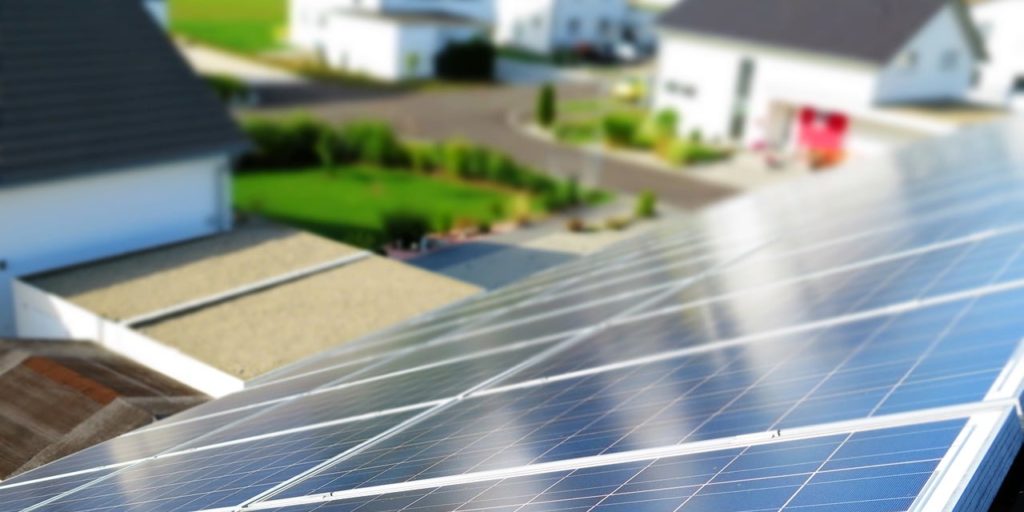https://www.pv-magazine-australia.com/2022/04/14/queensland-coal-trips-boosting-solars-sunset-revenue/

Image: AEMO
In recent months energy market analysts Cornwall Insight Australia (CIA) have been following a “substantial number of high price intervals in Queensland” caused by tripping fossil fuel plants.
Looking at the month of March, increased market demand on March 9 and the concurrent tripping of Gladstone units 3 and 4 on March 31 saw energy prices spoke to $8,800/MWh and $15,100/MWh, respectively. According to CIA these price spikes occurred between 5pm and 7pm when solar generation’s share in output was approximately 4%.
CIA is quick to point out these spikes only occur for a small portion of time “and it is not necessarily a daily pattern that solar operators can take advantage of regularly; however, the ability of solar to capture at least some portion of evening peak pricing will be key to its continued long term profitability.”

The above graph shows how extreme price events (>$10,000/MWh) between the hours of 5pm and 7pm did push up solar revenues. What is more interesting however is that 60 of those five minute intervals when prices spiked to extreme levels between 5pm and 8pm ensured the last few hours before sunset were the most valuable (assuming the solar farm was not constrained at the time).
According to CIA, “market players with flexible portfolios (solar and co-located battery storage) will have more options to capture price spikes through energy shifting or FCAS markets.
Those also set to profit are the solar farms farther west (such as South Australia), whose extra solar hours during peak time on the east coast ensure they’re better positioned.
WattClarity’s Paul McCardle has been following the coal and gas outages across the National Electricity Market (NEM), noting four units offline in Queensland last week, including one of Gladstone’s six units and three at Callide, including Callide C4, which is expected to be out of business for a year.
There are also gas unit outages to be noticed, including Swanbank E, which is expected to be offline for a number of months, and outages at Darling Downs CCGT.
In a Smart Energy Council webinar “The Energy Transition: Grappling with the Challenges”, McCardle noted the rise in baseload prices, led by Queensland, can at least be partially put down to the continual generator outages. But McCardle also noted: “Because of what is happening in Europe, any power station that is supplied by coal on a rail line with a connected export port (so, think Newcastle and Gladstone), potentially could be exposed to global coal prices which have gone through the roof.”
Nevertheless, according to a report from Canberra-based think-tank The Australia Institute’s Gas & Coal Watch, Queensland’s Kogan Creek Power Station is the single most unreliable generating unit on the NEM, breaking down 13 times over a two-year survey period.
In all, the report recovered 93 breakdowns at Queensland gas and coal-power stations in that period. Dan Cass, energy policy and regulatory lead at The Australia Institute, told pv magazine that “Australia is on a steep learning curve keeping up with rapid and disorderly coal retirements. The most important insurance policy is to build more big batteries like Hornsdale Power Reserve.”
This content is protected by copyright and may not be reused. If you want to cooperate with us and would like to reuse some of our content, please contact: editors@pv-magazine.com.
<




